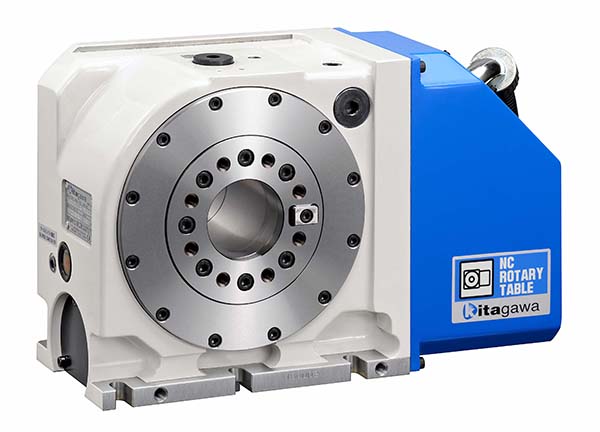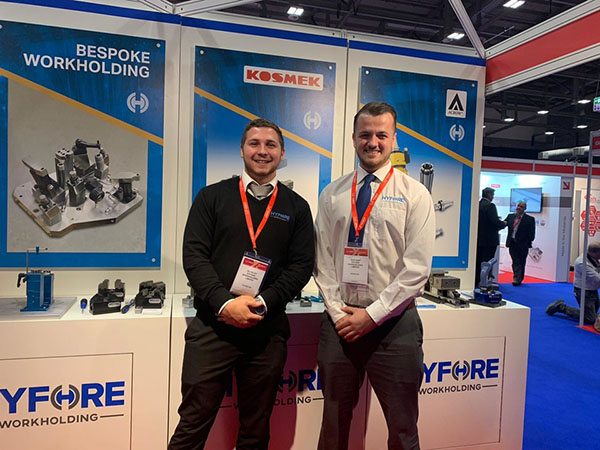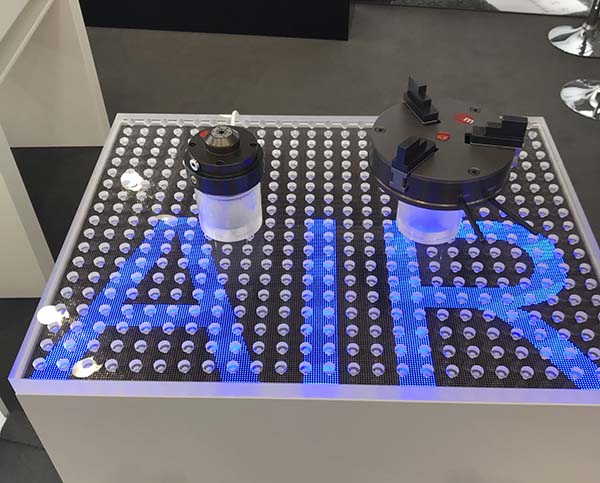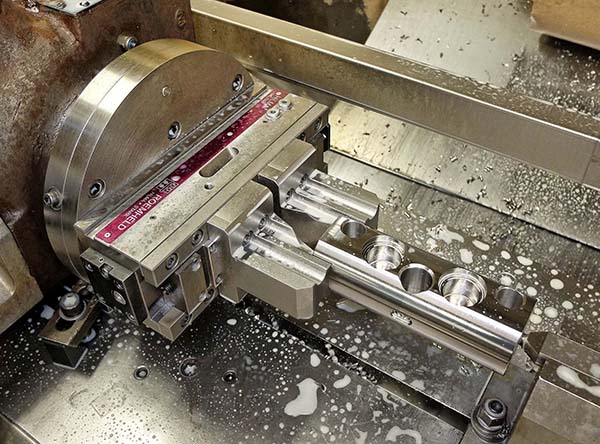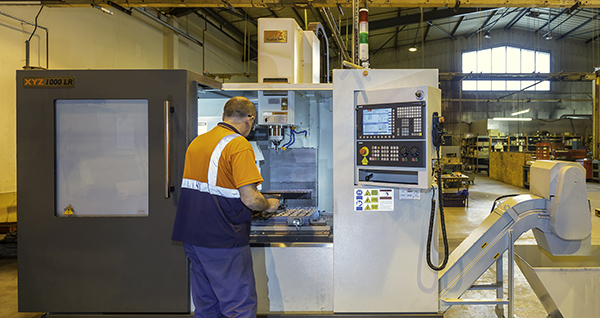Kitagawa, represented in the UK and Ireland by sole sales agent 1st Machine Tool Accessories, has introduced the first in its MK series of general purpose rotary tables.

The MK200, which has a 200 mm diameter faceplate, features increased holding torque compared with the MR-series table that is now superseded. Faster, heavier duty, more productive machining of the clamped workpiece is said to result. The unit is also more compact, minimising any loss of table area and working volume in the machining centre.
Although Kitagawa has stronger and more compact rotary tables of similar capacity in its product range, such as the GT200 and CK200, the MK200 is designed to meet 90% of all customer requirements. The newly developed rotary table provides a rigid fourth CNC axis and reflects Kitagawa’s focus on constantly improving the standard of its tables in three main areas: enhanced performance, improved mounting and breadth of rotary joint availability.
The clamping torque is 40% higher when using the MK200, at 570 Nm, than that of the MR200. As with all Kitagawa tables, this maximum holding torque is determined by the point at which the force on the worm wheel causes it to displace by 30 µm. In contrast, other manufacturers use the slipping torque figure as a maximum, which Kitagawa regards as likely to cause inaccuracy at best, and catastrophic failure at worst.
In addition, drive torque is said to be the highest in class at 270 Nm, while the spindle through-hole diameter has increased from 45 to 70 mm. The faceplate type is specified by the customer, either with T-slots or pre-drilled holes, the advantage being that a chuck, trunnion or other work-holding device can be mounted directly to the rotary table’s spindle, reducing the distance from the spindle bearing.
For further information www.1mta.com






